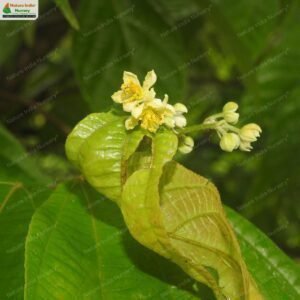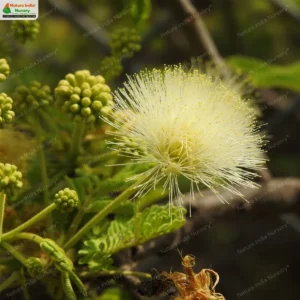Microcos paniculata, commonly known as the Elm-Leaf Grewia, is a deciduous shrub or small tree that can grow up to 20 meters tall. The tree is native to a wide range of regions, including Northeast Pakistan, South China, Southeast Asia, and India. It thrives in wet tropical biomes and is commonly found in forests and along riverbanks. The tree features simple, alternate leaves and produces small, yellowish-white flowers in panicles. The fruit is a small, round, fleshy drupe.
The Elm-Leaf Grewia tree plays a role in supporting local wildlife, with its flowers attracting various pollinators, including bees and butterflies, and its fruits providing food for many frugivore bird species. The tree’s medicinal properties, culinary uses, and other uses make it a valuable resource for local communities.
Habitat
Microcos paniculata is native to a wide range of regions, including Northeast Pakistan, South China, Southeast Asia, and India.
Planting and Care
-
Propagation Methods: Can be propagated from seeds or cuttings.
-
Soil Preference: Prefers well-drained soil and full sunlight.
-
Soil Tolerance: Tolerates a range of soil types.
-
Drought Tolerance: Drought-tolerant once established.
Additional Information
-
Wildlife Significance: The flowers attract various pollinators, including bees and butterflies, and the fruits provide food for many frugivore bird species.
-
Economic Significance: The tree is used in traditional medicine for digestive issues, colds, hepatitis, diarrhea, heat stroke, and dyspepsia. It is sometimes added to Chinese herbal tea for its mildly sour taste. The tree is also harvested for local use as a source of fiber and wood.











